Description
The Zamioculcas zamiifolia hails from East Africa and comes from the Araceae or Arum family. It is quite similar to the house plant peace lily (Spathiphyllum cochlearispathum). The Dutch nurseries in South Africa recognized the beauty of the ZZ plant as early as 1996 and started growing the plant.
Its scientific name comes from its uncanny resemblance to certain cycad kinds that existed even before dinosaurs. You can find these plants in grasslands and along river banks where there is abundant greenery. They can also produce potato-like rhizomes in the soil, which helps them flourish in the time of drought. These ZZ plants are now a favorite for all plantsman. But what makes these ZZ plants so popular?
What makes ZZ plants popular?
ZZ plants have dark green leaves that are wide and cover a good area. The best feature of the ZZ plant is its low maintenance. One can easily keep it in their home and office without caring too much since Zamioculcas zamiifolia can survive in drought, low light conditions, etc.
How to care for your ZZ Plant
However, it is still important for owners to take care of these plants if they wish to see their ZZ plant grow well in their houses or offices. Following are some of the care guidelines that you need to follow for it. Let us begin.
Light
ZZ plants love indirect, high-intensity light but can still survive on the low light level to grow. So, you won’t have to worry about these plants dying out even if you provide them with little sunlight. Ensure keeping them out of direct sunlight as it may hinder their growth and survival.
Soil
The ZZ plant does not have specific soil requirements as it can grow with most soil types. However, you should still ensure that you add well-dried potting soil. Finding dried potting soil is hassle-free as you can go to your closest nursery and get the right soil for the ZZ plant to survive for months.
How often to water your ZZ plant
Watering your Zamioculcas zamiifolia plant in the right way is important. Keep in mind that these plants require very little water, so if your plant starts getting yellow, you might be going overboard with the water. It is best to water the ZZ plants once or twice a week as a maximum.
Fertilizer
Add a balanced amount of liquid fertilizer to the soil if you wish to see the plant grow properly. Generally, a 20-20-20 mix of NPK (Nitrogen, Phosphorus, and Potassium) soil works best.
Common issues with Zamioculcas zamiifolias
Pests
Aphids, whiteflies, scales, gnats, mites, and mealybugs are some of the most common pests that you may find with your ZZ plants. Ensure keeping your ZZ planters in a well-ventilated area; using a diluted solution of neem oil can also help you prevent these pests. You should keep a constant lookout for pests if you want to keep your plant safe.
Diseases
Root rot is the most common ZZ plant disease that can affect your plant. ZZ plants that grow in waterlogged conditions often develop this issue.
Pruning
Although ZZ plants do not require frequent pruning, you still need to prune the yellow leaves. Similarly, an arching stem is also another major reason that requires pruning.
How to propagate your ZZ plant
You can propagate the ZZ plant by cutting its stem and placing it in water for weeks with adequate sunlight. When the ZZ plant develops a rhizome, only then should you add it to the planter. Ensure cutting at least one inch of the new roots before you do this.
How to repot your ZZ plant
You need to create a mix with soil, horticultural charcoal, orchid bark, and perlite when you wish to pot or repot your ZZ plants into a planter. Our organic indoor potting mix is a great choice with excellent drainage.

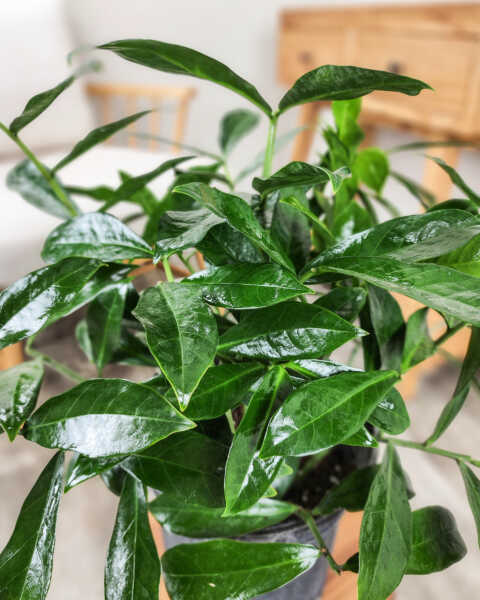

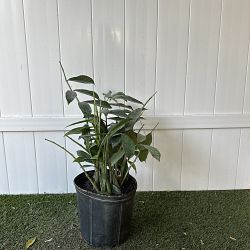
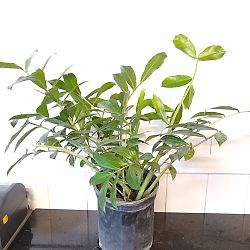
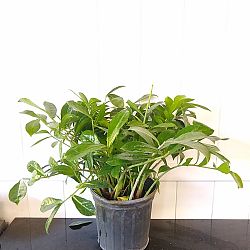
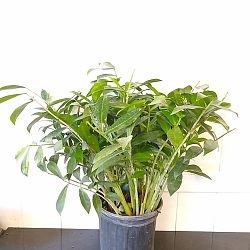
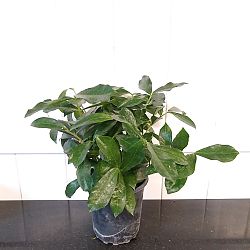
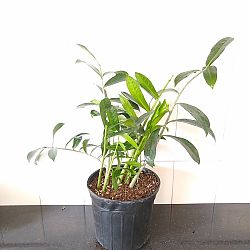
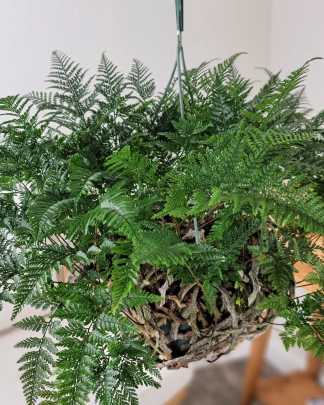
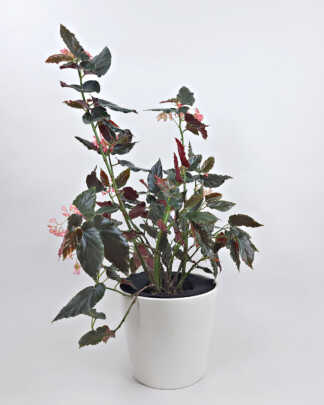

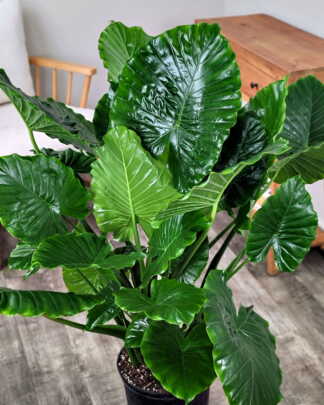
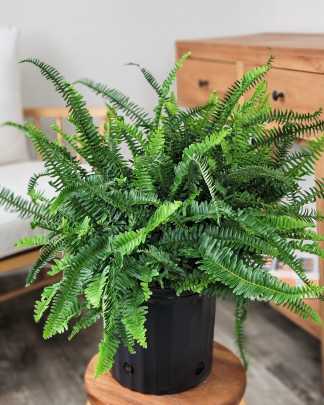


Blake (verified owner) –